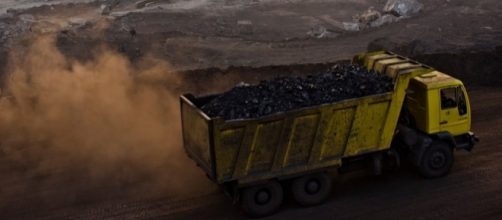One of the big campaign promises that President Donald Trump ran on was that he would bring back the coal industry in the United States. Trump has already done that by rolling back several of President Obama's environmental regulations, that were affecting coal mining and other industries. Trump and others have argued that over-regulation has led to the decline in Employment in the coal industry, but the numbers tell a different story.
The real reason for decline in coal
Experts in studying and reporting data on the coal industry, like the Department of Energy, have pointed out that the troubles of the industry have nothing to do with over-regulation.
The problems that they face have to do with how energy markets have changed and the increased demand for natural gas, which is being used instead. One of the impacts of this is from power plants, as ones that run on coal have closed since newer ones are turning to using natural gas instead. According to a January 2017 report from the Department of Energy, the amount of coal that generates national energy for fuel and electricity has declined by 53% since 2006. In contrast, natural gas has gone up by 33% and has also since rising employment.
Employment in the coal industry
Due to the decline in the coal industry, it is highly unlikely that jobs in the coal industry that have already been lost will come back.
Even Robert Murray, who is the CEO and founder of the largest private coal miner in America, has said that President Donald Trump can't bring these loss jobs back. According to the latest data from 2014, the Census Bureau's Country Business Patterns program found that the coal industry employed a total of 76,752 people. That number includes everyone in the industry, not just the actual coal miners. In only two years, the Bureau of Labor Statistics says that number has shrunk to about 50,000. While the coal industry is still extremely important in certain regions, it no longer has a national impact like it used to in employment or economic impact.

